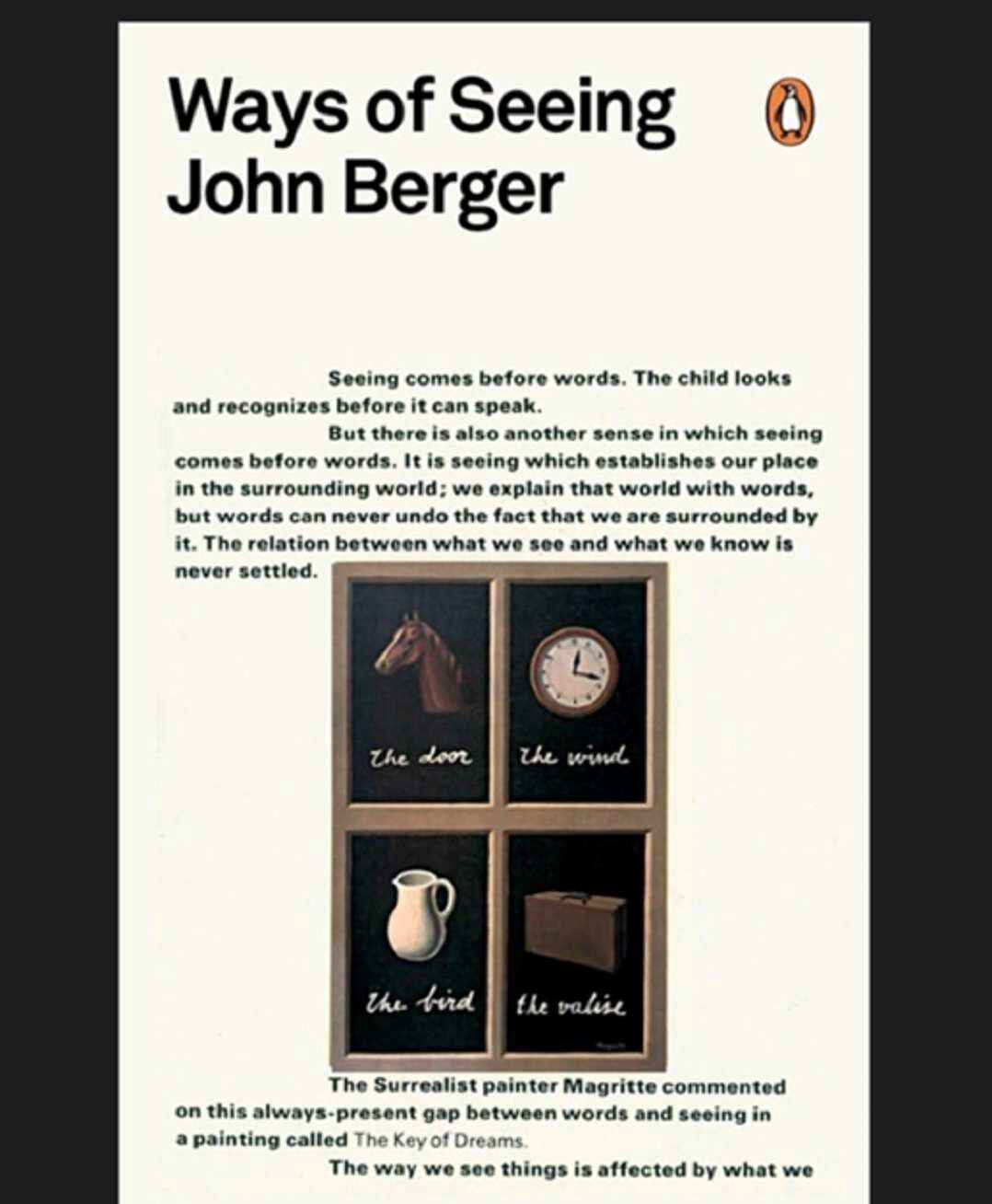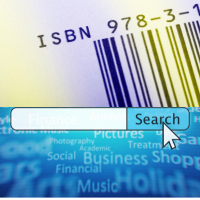In today’s discussion, we delve into a particularly intriguing question: When were books invented? This question is fundamental, as books seem to have been an eternal presence in our lives. But when did they first come into existence, and how did their development unfold? Let's explore the origins and evolution of books to understand better when they were first created and their transformative journey through history.
Books have been a cornerstone in shaping human society, affecting historical trajectories, the accumulation of knowledge, and the evolution of culture. From handwritten scrolls to modern electronic books, each step in this progression reflects significant milestones in human achievements.
What Are Books?
A book, in its simplest form, is a collection of pages that can be filled with words, pictures, or left blank, all bound together within a cover. Yet, a book represents much more than just paper and ink.
Books are much more than physical objects; they are vessels of wisdom, gateways to both real and imagined worlds. They serve as connectors across generations, preserving stories and knowledge that once travelled only through spoken words. As oral traditions gave way to written forms, books became the custodians of human thought, capable of bridging distances and enduring through time.
This transformation from spoken stories to tangible repositories of knowledge is a testament to the profound impact books have on our understanding of the world. When viewed through this lens, books are not merely objects but profound instruments of cultural and intellectual transmission.
The Beginnings of Writing
The question "When were books invented?" is intimately connected to the origins of writing. The very advent of books is rooted in the early civilizations' development of writing systems to communicate and record important events and ideas.
Envision ancient scribes in Mesopotamia pressing cuneiform symbols into damp clay tablets, or Egyptian scholars meticulously inscribing hieroglyphics within the sacred walls of tombs. These marks were more than mere inscriptions on stone or clay; they represented the nascent stages of recording knowledge.
Writing provided these early cultures with a method to preserve information beyond the ephemeral nature of spoken words, anchoring knowledge in a physical form that could be revisited and passed down through generations. This transformative step was crucial in the evolution from oral traditions to the more permanent and shareable medium of the book.
The Invention of the Book
When pondering the invention of the book, it's important to recognize that the earliest examples were vastly different from the bound volumes we are familiar with today. Ancient civilizations utilized materials such as papyrus scrolls and wax tablets for recording significant information. These scrolls, particularly prominent in ancient Egypt, Greece, and Rome, were made from the papyrus plant and served as the primary medium for writing.
Historically, it is commonly accepted that the first true books emerged around 500 BC in the form of these handwritten scrolls. Though they did not resemble the printed books of today, these scrolls marked a significant advancement from primitive inscriptions or cave paintings, representing a more sophisticated method for documenting and preserving knowledge.
Despite their utility, scrolls had significant limitations—they were prone to damage, could become disorganized, and were cumbersome to handle. These challenges eventually led to a major innovation: the codex. Developed during the early centuries of the Common Era, the codex revolutionized the concept of the book by binding pages at one edge.
This design made books easier to navigate, more durable, and more convenient for storing and transporting volumes of text. The codex set the foundation for the modern book, transforming how texts were accessed and interacted with, and paving the way for the future of written communication.
The Evolution of Printing
The advent of Johannes Gutenberg's printing press in the 15th century marked a monumental leap in the history of book-making and the dissemination of knowledge. Gutenberg’s introduction of movable type transformed the process of producing books from an arduous, handcrafted endeavor reserved for the few into a more efficient, scalable operation.
Before this invention, books were primarily written and copied by hand, usually by monks in monasteries, making them rare and expensive commodities accessible mostly to the elite. Gutenberg’s printing press changed all that. It allowed for the mass production of books, significantly reducing the cost and time needed to produce each copy. For the first time in history, books became accessible to the broader public, not just the wealthy or scholarly.
This democratization of knowledge facilitated by the printing press was crucial in propelling the spread of Renaissance and Enlightenment ideas. As books became more available, more people had access to a wide range of knowledge and ideas. This accessibility helped foster an informed public and stimulated intellectual growth across Europe. The printing press not only revolutionized how books were made but also who could read them, broadening the scope of who could participate in the cultural and intellectual debates of the time.
The Importance of Books Today
Books maintain their significant role in society today, enduring as vital resources for education, culture, and entertainment despite the digital age offering alternative forms of media such as e-books, films, and online databases.
The enduring value of books lies not solely in their physical form but in their content and the depth they offer. Books provide a unique space for knowledge expansion and personal reflection, which can be transformative. They serve as bridges connecting diverse ideas and cultures, and they foster empathy by allowing us to experience life from different perspectives.
Platforms like Windsorbooks.com underscore the relevance of books by facilitating easier access to a wide range of reading materials, whether for learning or leisure. The importance of books today is also highlighted by the ease of distribution, allowing for the rapid spread of information and ideas. Digital or print, books continue to be a cornerstone of knowledge dissemination, proving that regardless of the medium, the power of a good book remains unmatched in its ability to inform, inspire, and entertain.
Books: A Journey through Time
Books have come a long way from the ancient scrolls to the modern ebooks we have today. They are incredibly important because they hold a lot of knowledge and creativity. Looking ahead, books will continue to be a big part of learning, sharing stories, and discovering new information.
If you're looking to read more or need a specific book for a college class, you can check out Windorsbooks. This website lets you search for books by typing in the ISBN, the title, or the author's name. It's a handy tool that helps you keep up with the long-standing tradition of reading.
FAQs
- When was the first book written?
The exact date of the first written book is hard to pinpoint, but the earliest known texts like the Epic of Gilgamesh originated around the 18th century BC as a series of inscribed tablets.
- Who made the first book in the world?
It’s difficult to attribute the creation of the first book to any one individual since the concept of a book evolved over centuries across different cultures. However, the codex, a significant step towards modern books, was developed in the Roman Empire.
- Who made the first textbook?
The first textbooks as structured sources of educational content were used in ancient Greece and Rome. Marcus Fabius Quintilianus, a Roman educator, might be credited with creating early versions of educational texts around the first century CE.
- Who first discovered books?
The discovery of books wasn’t the work of a single person. Books evolved from simpler written records and religious texts created by ancient civilizations like the Sumerians and Egyptians.
- Who discovered textbooks?
Like books, textbooks evolved rather than being "discovered." Early forms of textbooks were used by ancient teachers in Greece, Rome, and India for imparting structured knowledge. Over time, these evolved into the comprehensive educational texts we use today.
References
- Warkentin, G. (2009, April). The Bibliographical Imagination: How Humans Invented the Book. In the ralut senior scholars symposium (p. 65).
- Hall, E. (2021). Classics invented: Books, schools, universities, and society 1679–1742. Festschrift for Christopher Stray. Berlin: de Gruyter.
- Pouncy, C. J. (2014). History, real and invented. Kritika: Explorations in Russian and Eurasian History, 15(2), 343-352.









